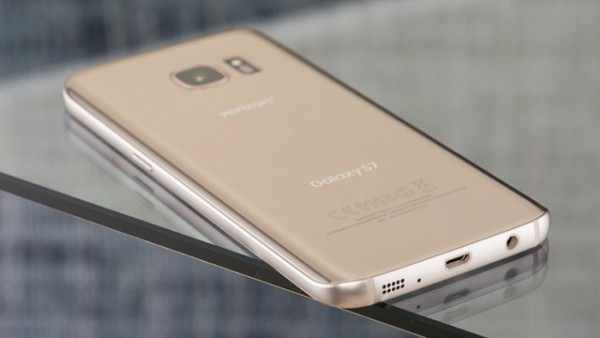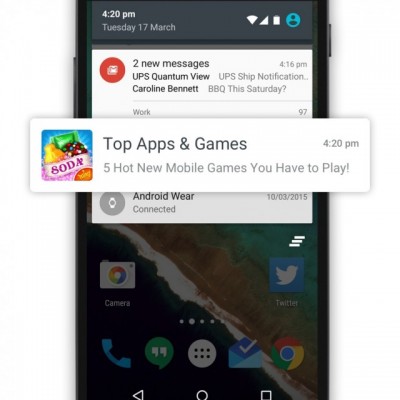Verizon’s latest Samsung Galaxy S7 update adds even more bloatware

Samsung’s Galaxy S7 is an impressive device by any measure. It iterates and improves on the older Galaxy S6 while adding back some of the features the company’s former flagship had removed. The phone’s one weakness is the sheer amount of bloatware installed on certain devices — there are 13 Verizon applications on the phone by default, along with multiple email, photo, and media playback applications, two different app stores, and two voice control systems.
According to Reddit, a recent update to the device has delivered yet more bloatware, this time in the form of a sort-of bloatware von Neumann machine. Verizon’s OTA update included Digital Turbine’s Ignite software, which the company bills as “a dynamic preload platform for mobile operators to seamlessly manage applications installed at first boot and over the life of the device.” What this means in context is that Ignite can both download applications without asking the user first, and it can pick the applications it downloads based on whatever the user does with their smartphone already. This type of targeted appeal is extremely attractive to companies that want to tailor their packaged software to specific customers.
The ad copy that accompanies the image above states: “Delivering the right app at the right time to the right customer improves engagement. And with Ignite, users are not locked in to any apps, they can choose which apps to keep and which to delete.”
Verizon’s Bloaty McBloatface
This is the sort of creeping assumption that privacy advocates find so frustrating. When Apple pushed an entire U2 album out to people’s devices, many people were angry that the company would unilaterally force everyone to download the music without asking if they wanted it in the first place. Digital Turbine is positioning the fact that users can delete these applications as a positive, neatly bypassing the question of whether or not carriers should ever be pushing unwanted, unasked-for applications. The company also notes that its applications allow carriers to tailor installation and notification procedures with robust uptake analytics. This makes sense, since companies probably want to know whether their own ad campaigns are working. But it’s a further infringement on consumer rights given that the customer neither asked for these applications nor chose to install them.
DT Ignite can be used to install applications after product activation, a factory reset, or a system update, so in theory it’s a way for carriers to manage device experience even if a customer wipes the product. We’ve seen some similar echoes of this in the PC world, though in that case Lenovo had modified PC firmware to embed the same application. Verizon has previously said that it uses DT Ignite only when a phone is setup or activated, but that was several years ago — it’s not clear if the company has changed its plans.
DT Ignite applications don’t count against bandwidth caps, but this type of zero-rating is still problematic — it gives applications that partner Ignite a significant advantage over applications that don’t. The addition of this software to a phone already swollen with bloatware isn’t really a positive as far as Verizon’s customers are concerned. The good news is, DT Ignite can be disabled if it shows up on your phone, and the applications it installs can be uninstalled, unlike standard carrier bloatware.












